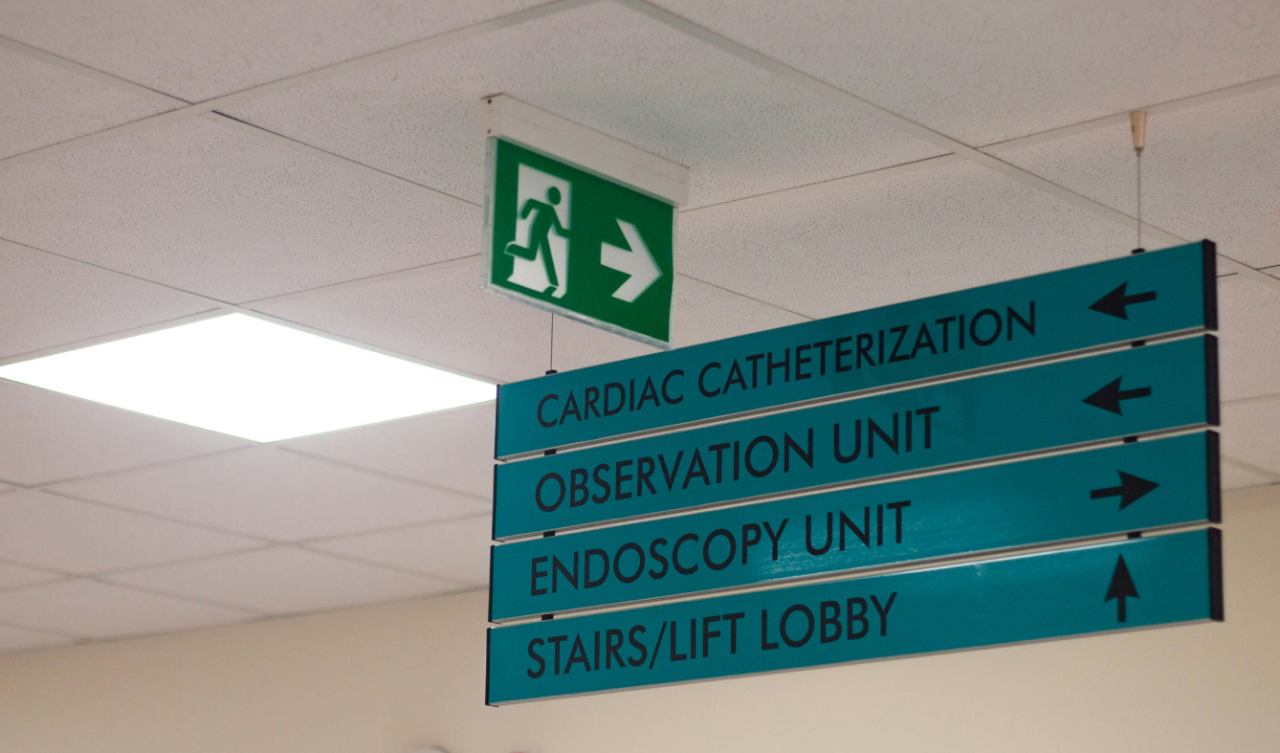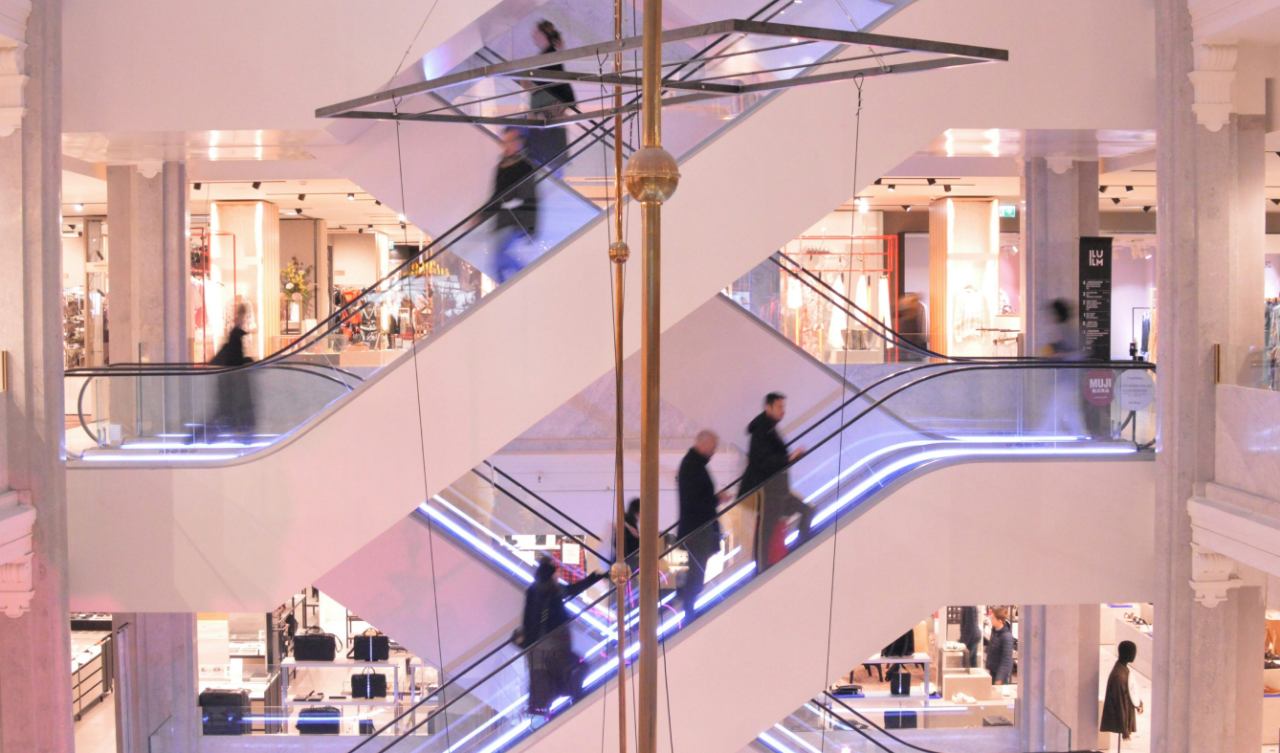Wayfinding is nothing more than the art of guiding people through complex spaces in an intuitive way. Find out what possibilities well-designed wayfinding offers.
Basics
What is WayFinding and why is it so important?
Author:
Tomasz Budzyński
Publication:
Reading time:
approx. 7 minutes
Definition of wayfinding
Wayfinding is the process of spatial orientation and navigation that helps people move efficiently through complex environments. It's a discipline that combines elements of psychology, architecture, and user experience design.
At its core, wayfinding answers the fundamental question: "How do I get from here to there?" It's a system of visual and informational communication that guides users through physical spaces in an intuitive and effective manner.
Good wayfinding is more than just signage – it's a comprehensive approach to space design that considers natural human movement patterns and their informational needs.
Why is wayfinding important?
In an era of increasing building complexity, effective wayfinding becomes crucial for user comfort. It reduces stress, saves time, and improves the overall experience for both visitors and staff in any given space.
Studies show that people lose up to 15 minutes daily looking for the right path in large buildings. In hospitals or shopping centers where foot traffic is enormous, this time translates into real operational costs and decreased customer satisfaction.
A well-designed wayfinding system not only facilitates navigation but also builds a positive brand image and increases the operational efficiency of the entire facility.
Types of wayfinding
Wayfinding can be divided into several main categories. Traditional wayfinding includes static signage, information boards, and maps that have helped people navigate for decades.
Digital wayfinding uses modern technologies – interactive kiosks, mobile applications, and real-time navigation systems. This solution offers personalization, real-time updates, and a significantly better user experience.
Hybrid approaches combine traditional methods with modern technologies, creating comprehensive systems that work in any situation.
Benefits of good wayfinding
Investment in a professional wayfinding system brings measurable benefits. Users feel more confident and comfortable, which translates into positive experiences and willingness to return.
Organizations benefit from reduced directional inquiries, allowing staff to focus on their core duties. This results in increased productivity and reduced stress levels among personnel.
In the long term, good wayfinding builds a brand's reputation as modern and user-friendly, which can translate into competitive advantage.
Wayfinding in different industries
In hospitals, wayfinding can be a matter of life and death – patients must quickly reach the right departments, and staff need efficient routes between operating rooms.
Shopping centers use wayfinding to increase sales – the easier it is for customers to find desired stores, the more they will spend. Additionally, good navigation extends time spent in the mall.
In office buildings, effective wayfinding affects employee productivity and guest impressions. Universities, airports, and hotels also use wayfinding to improve their users' experiences.
Future of wayfinding
Technologies such as augmented reality (AR), artificial intelligence, and the Internet of Things (IoT) are opening new possibilities in wayfinding. Imagine navigation that adapts to your preferences and needs in real time.
Future systems will not only show the way but also predict user needs, offer personalized recommendations, and integrate with other digital services.
Wayfinding is becoming part of the broader smart buildings ecosystem – intelligent buildings that learn and adapt to their users' needs.
Check out our knowledge base
Our goal is to promote awareness about good quality wayfinding! Stay up to date with our publications.

We conducted research on digital wayfinding in Poland (2025)
We present key findings from our research on building navigation systems in Poland. Most importantly, I want to encourage you to read the first two...

Digital assistant for medical staff - how wayfinding relieves nurses and doctors
What are the most common questions that medical staff answer? "Excuse me, where can I find the laboratory?", "How to get to office 305?", "Where do registrations take place?" Modern...

Multilingual wayfinding, or how to attract tourists and foreign customers to your shopping mall?
Imagine a tourist who just entered your shopping mall. They have a planned shopping budget, but don't know where to find products of interest. Frustration grows, and...
